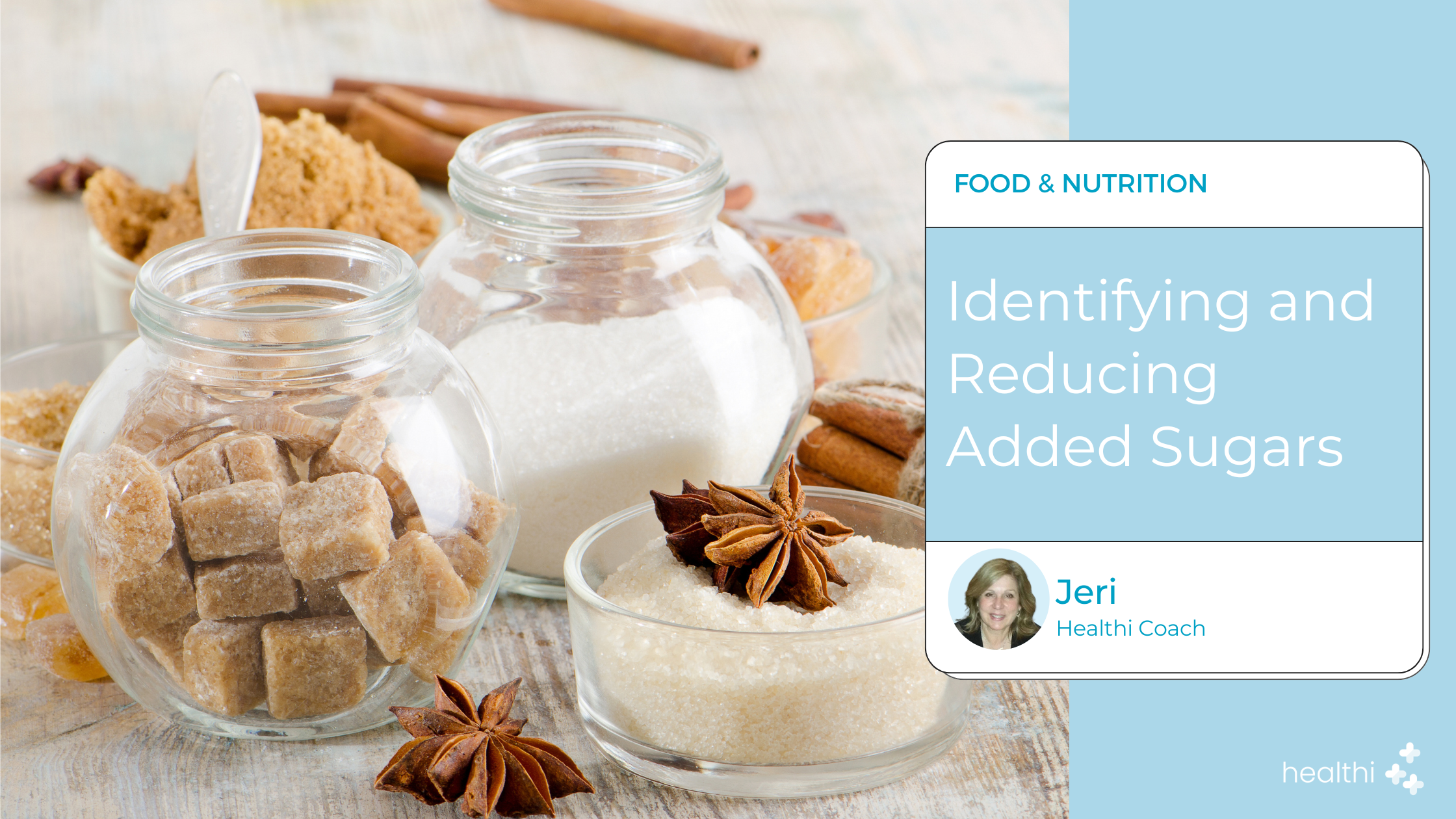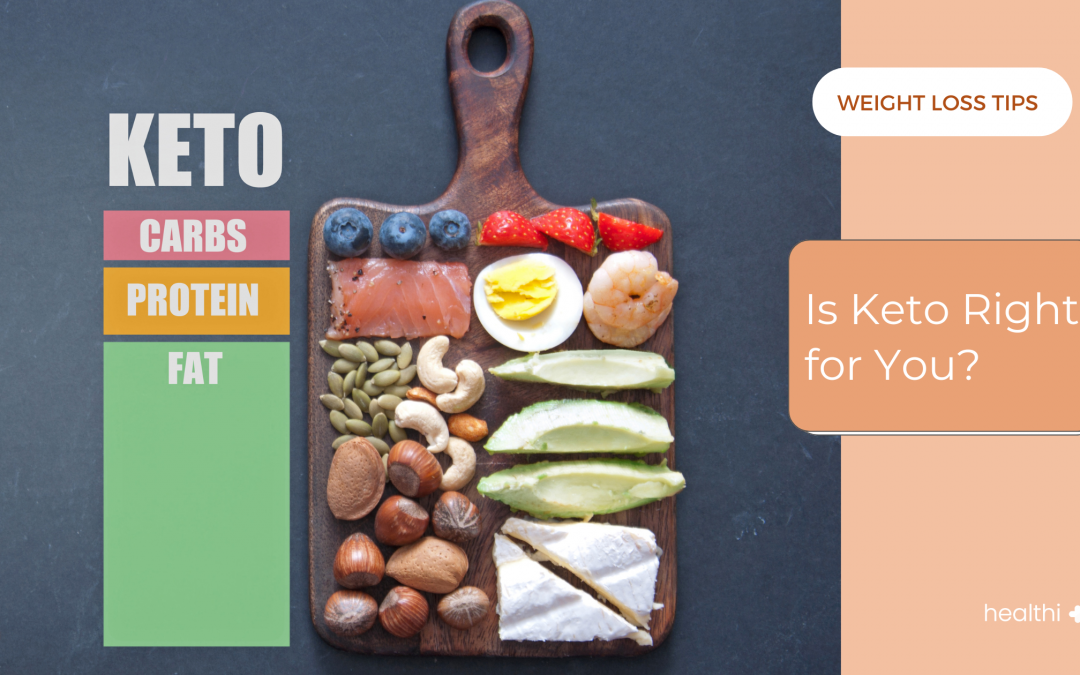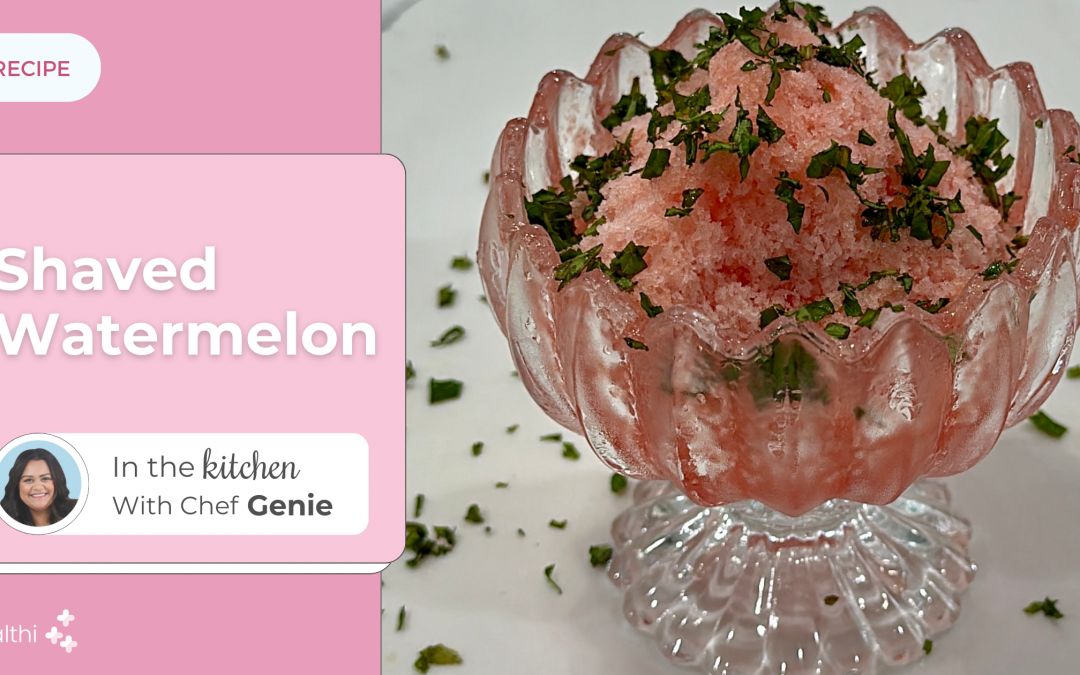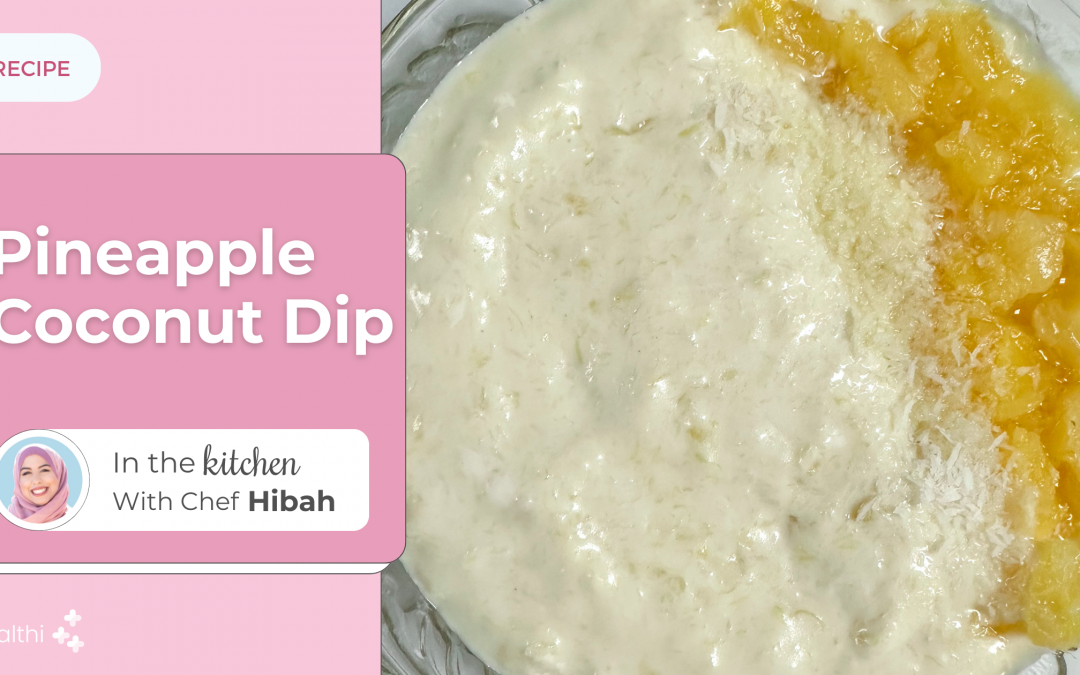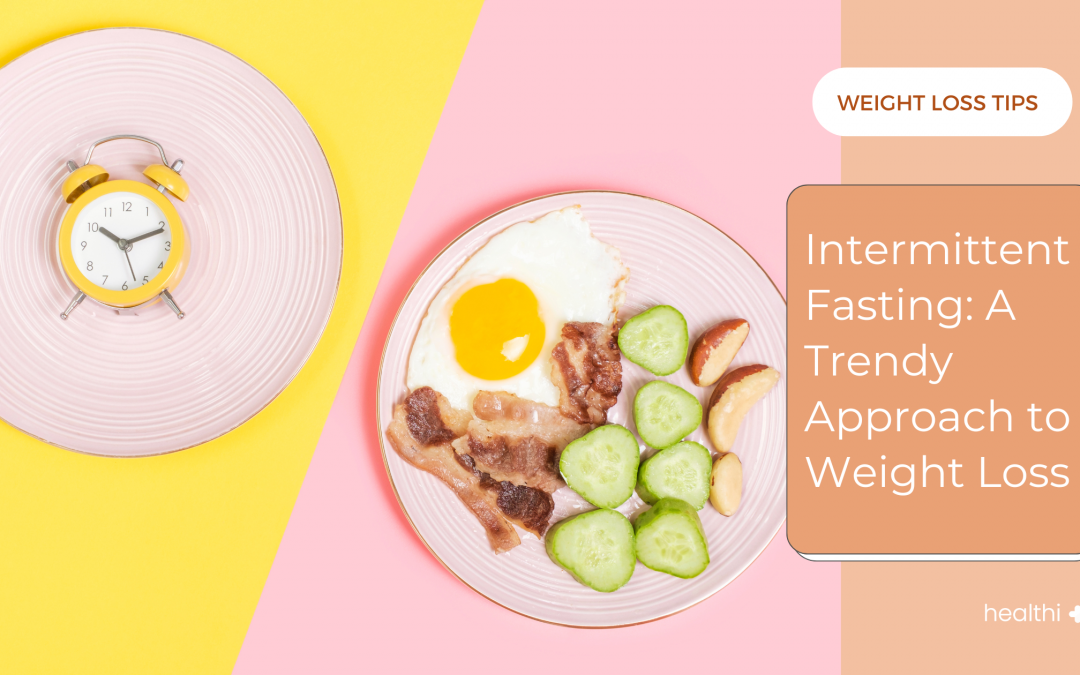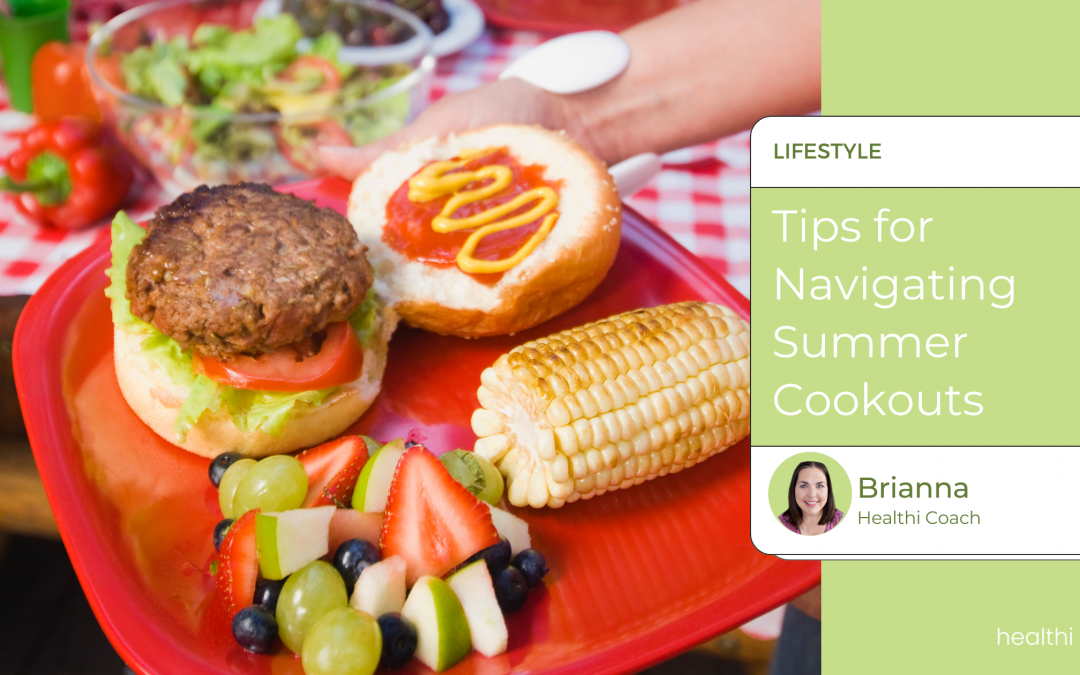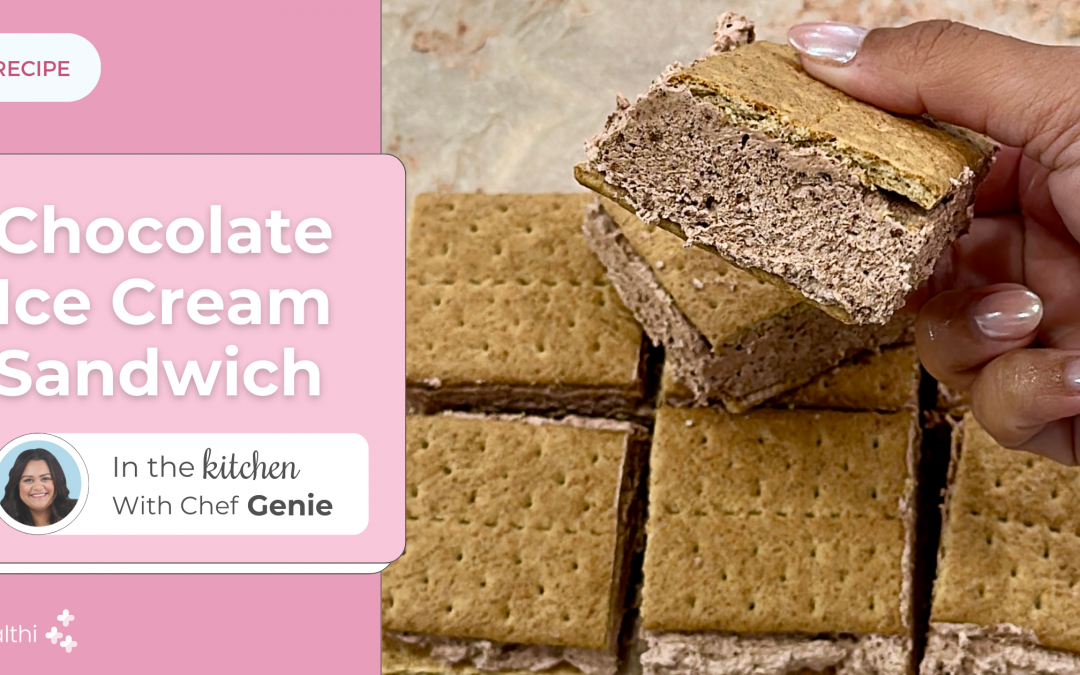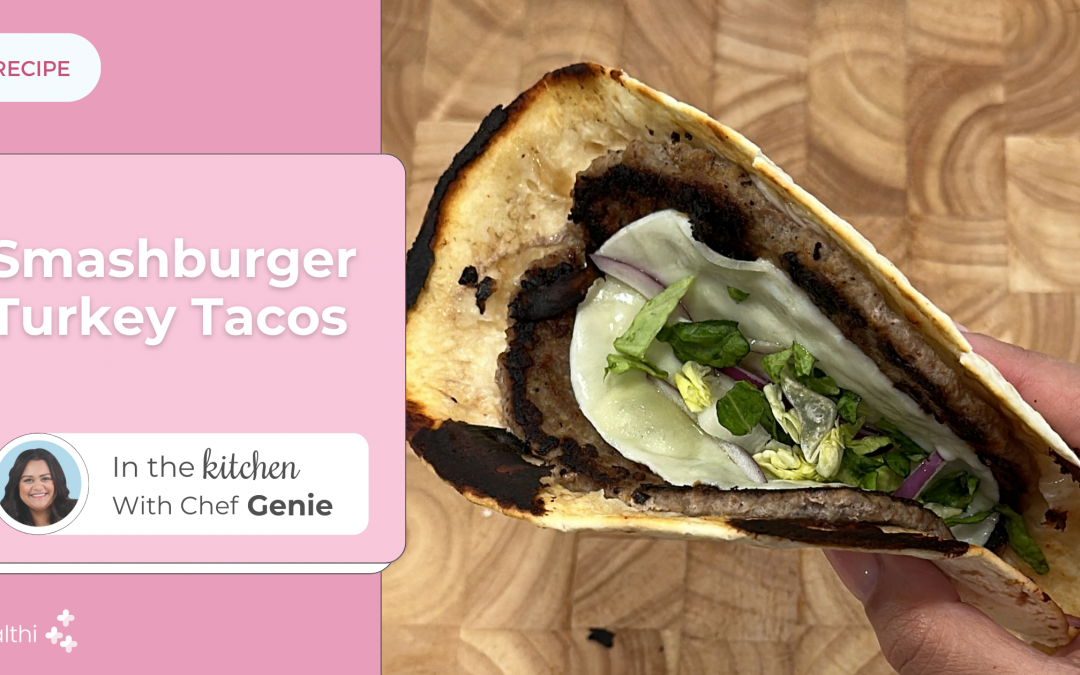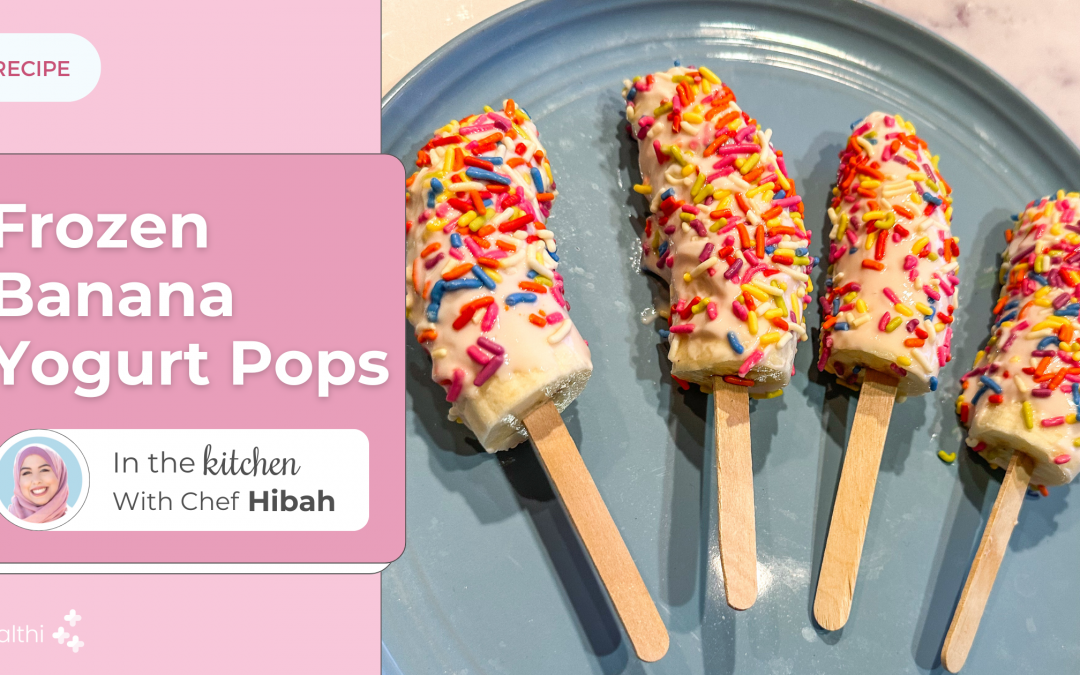Identifying and Reducing Added Sugars
Hi, Coach Jeri here! It’s hard to find anyone who doesn’t have a bit of a sweet tooth. We all love our desserts, snacks, ice cream, candy, and drinks. Compared to 50 years ago, our sugar consumption has skyrocketed, leading to health issues like heart disease, type 2 diabetes, cancer, obesity, tooth decay, and acne. It is very important to pay attention to the amount of sugar we consume daily.
Many people believe they’re addicted to sugar, experiencing cravings and a “sugar hangover” after overindulging. It’s crucial to understand the foods you eat and their impact on your health and weight loss. Added sugars are empty calories—they’re high in calories (or BITES) but low in vitamins and nutrition. They don’t keep us full or satisfied. So, let’s identify some added sugars and where they’re hiding.
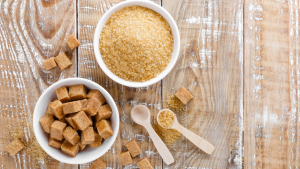
Identifying Hidden Sugars
Sugars can be hidden in nutrition labels in many different forms. Here are some of the top ingredients listed on labels that indicate the presence of sugar:
- Sucrose
- High Fructose Corn Syrup (HFCS)
- Fructose
- Glucose
- Dextrose
- Corn Syrup
- Corn Syrup Solids
- Maltose
- Lactose
- Malt Syrup
- Molasses
- Brown Sugar
- Cane Sugar
- Cane Juice
- Agave Nectar
- Honey
- Maple Syrup
- Invert Sugar
- Raw Sugar
- Evaporated Cane Juice
When checking labels, be aware that sugar can be listed under many different names, so it’s important to recognize these terms to manage your sugar intake effectively.
Where to Find Added Sugars
Being mindful of your sugar intake and gradually reducing it can greatly benefit your weight loss journey and overall health. Eating foods in their natural form is the most nutritious, but when choosing packaged foods, always read the nutrition label and serving size. Hidden sugars can be found in:
- Beverages (soda, iced tea, lemonade, energy drinks)
- Condiments (ketchup, salad dressing, barbecue sauce, jarred tomato sauce)
- Cereals
- Soups, frozen dinners, and most processed foods
- Fat-free foods, which often add sugar
- Sugar alcohols, corn syrup, high fructose corn syrup, honey, malt syrup, molasses, and agave
Tips To Help
Pay attention to serving sizes. Many packages may appear to be a single serving but actually contain 2-3 servings, doubling your sugar intake. If something seems too good to be true, double-check the serving size. Foods that sound healthy might not be, so take the time to be proactive in the grocery store.
You don’t have to give up desserts and sweets entirely—just be more mindful of what you’re eating. With the internet, community, and our Facebook and Instagram pages, you’ll find millions of ideas to lighten up your favorite foods. Remember, fruit is not the same as white (added) sugar. Fruit in its natural form is loaded with vitamins, nutrition, and fiber. With all the summer fruit available, try something new to satisfy your sweet tooth.
Eating without, or reducing, refined sugar doesn’t have to be dull and boring. The key is deciding which foods you want to put into your body and understanding their benefits. Many people who reduce refined sugar intake start to feel better, with quieter cravings and food noise. We all feel better when we eat better on the path to better health. This doesn’t mean you can’t have anything sweet occasionally—moderation is key. Health is a precious gift, and we owe it to ourselves and our families to read labels, recognize additives, and choose wisely.

